Polyethylene foam, commonly known as PE foam, is a lightweight, versatile, and resilient material that has become indispensable across countless industries.
From cushioning delicate electronics during shipping to providing thermal insulation in buildings, PE foam’s unique combination of durability, flexibility, and affordability makes it a go-to solution for diverse applications.
But what exactly is polyethylene foam, and why is it so widely used? This article explores the composition, properties, types, and uses of PE foam, shedding light on its critical role in modern manufacturing and everyday life.
Definition Of Polyethylene Foam
Polyethylene foam, often referred to as PE foam, is a lightweight, durable, and flexible material made from polyethylene, a widely used thermoplastic polymer.
It features a closed-cell structure, meaning its cells are sealed and not interconnected, which gives it unique properties like water resistance, buoyancy, and excellent cushioning.
The foam is produced by extruding polyethylene resin combined with a blowing agent, which creates tiny air-filled cells within the material.
This closed-cell design traps air, contributing to its low density, thermal insulation, and shock-absorbing capabilities.
PE foam can vary in density and thickness, making it adaptable for applications ranging from packaging to construction and medical uses.
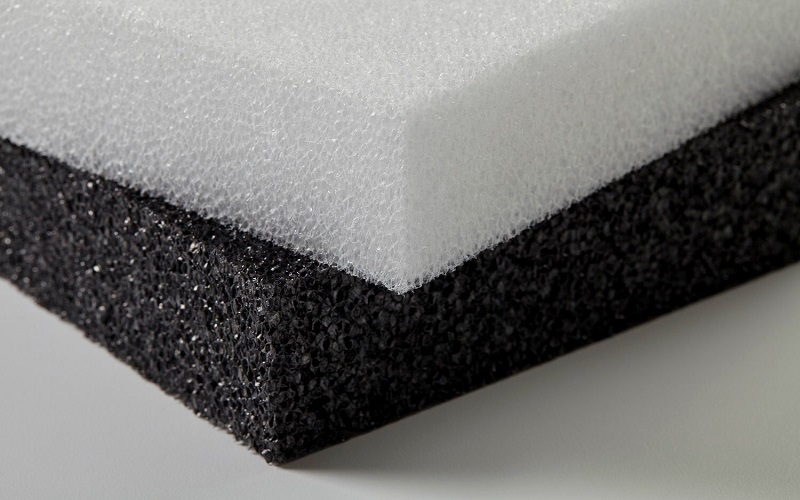
Properties Of Polyethylene Foam Material
Polyethylene foam is a closed-cell foam derived from polyethylene, offering a range of physical and chemical properties that make it highly versatile. Below are its defining characteristics:
Low Density and Lightweight:With densities ranging from 0.01 to 0.14 g/cm³, PE foam is extremely light, reducing weight in applications like packaging and transportation.
Superior Shock Absorption:Its air-filled, closed-cell structure provides excellent cushioning, effectively absorbing impacts to protect delicate items such as electronics or glassware.
Moisture Resistance:Non-absorbent due to its sealed cells, PE foam resists water, humidity, and mold, making it ideal for marine, outdoor, and wet environments.
Chemical Resistance:Resistant to oils, solvents, acids, and many chemicals, PE foam maintains integrity in harsh industrial or automotive environments.
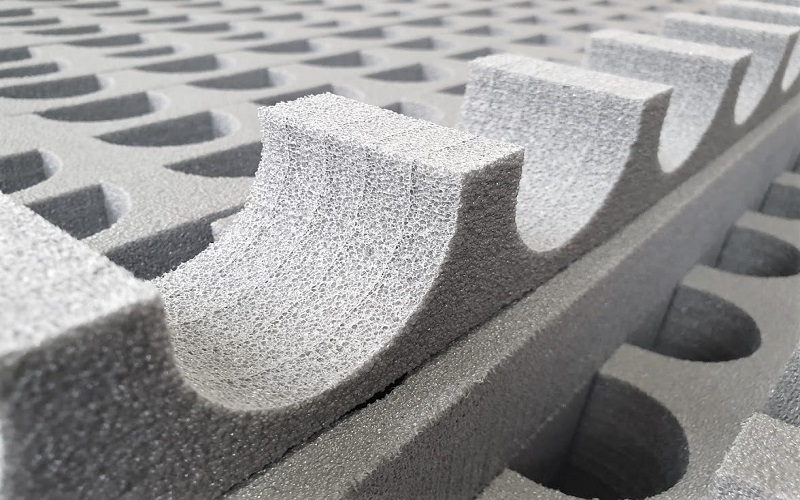
Types of Polyethylene Foam
Polyethylene foam sheets are available in two main types: closed cell foam and cross linked foam. Each has unique benefits suited to different applications.
Closed Cell Polyethylene Foam
Closed cell polyethylene foam’s tightly packed structure prevents moisture absorption, making it effective against water damage. Its exceptional impact resistance makes it ideal for shock-absorbing applications.
Combining shock absorption and moisture resistance, closed cell polyethylene foam is versatile for many uses. It’s reliable for protective packaging, insulation, and sports equipment padding.
Known for its durability and resilience, closed cell polyethylene foam is preferred for applications needing long-lasting performance. Its non-abrasive nature suits sensitive environments.
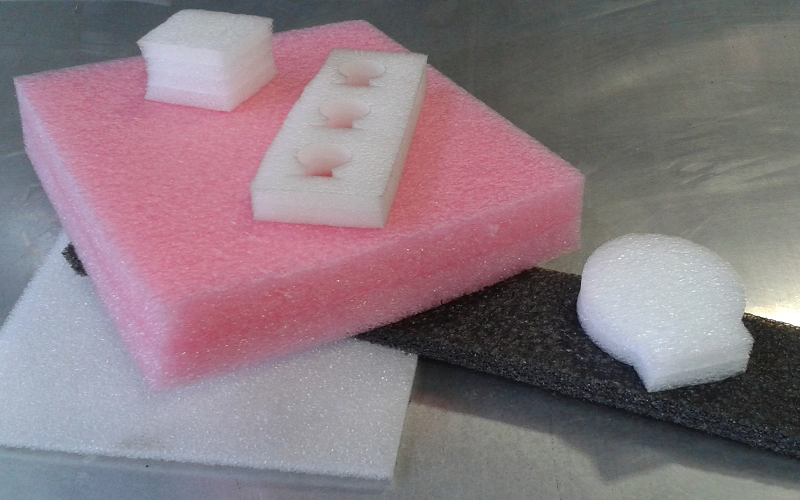
Cross Linked Polyethylene Foam
Cross-linked polyethylene foam’s enhanced durability and flexibility suit it for extreme conditions. Its interlinked polymer chains create a more stable and flexible material than standard foam.
This flexibility ensures superior performance in a wide range of industries needing high durability and quality details. Often used in automotive components, medical devices, and sports equipment, it can match rigorous rot use and is resistant to wear.
Cross-linked polyethylene foam’s advantages make it ideal for demanding applications requiring durability and flexibility. Its unique properties excel in challenging environments.
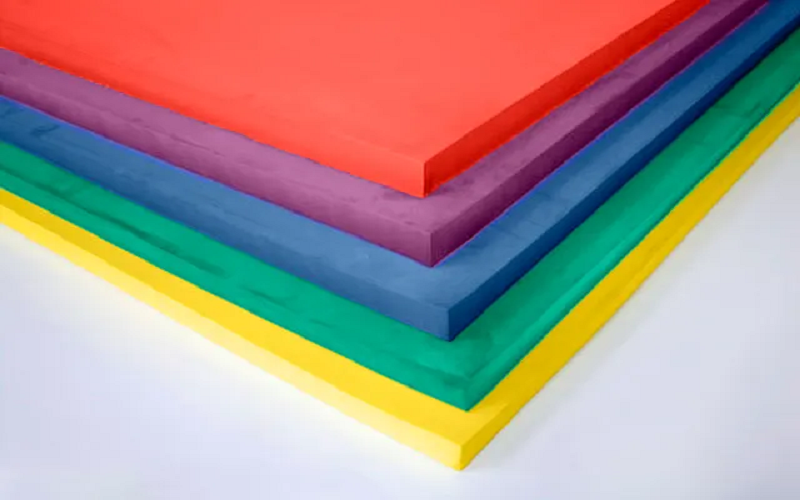
Applications of Polyethylene Foam Sheets
Polyethylene foam is available in sheets, cylinders, and tubes that are great for expansion joint filler (backer rod), insulation, buoyancy components, and packaging.
The unique characteristics of polyethylene foam make it a versatile material, suitable for a multitude of uses.
One of its primary uses is in packaging and protection, leveraging its excellent shock-absorbing capabilities and lightweight nature.
It is also widely utilized in the production of insulating products, providing effective thermal and acoustic insulation for construction and automotive applications.
Furthermore, polyethylene foam sheet is integral to the creation of consumer goods, such as sports equipment, due to its softness and comfort.
In logistics and packaging, its moldability ensures the secure transport of delicate components, safeguarding them from damage.
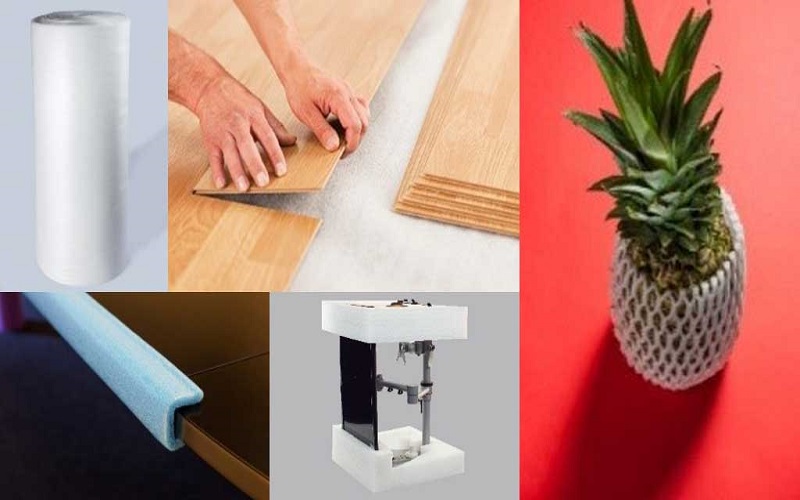
Specialty Polyethylene Foams
Specialty polyethylene foams include anti-static and eco-friendly bio-based options, tailored for specific applications. Anti-static foam protects sensitive electronics, while bio-based foam provides an environmentally friendly alternative to petroleum-based foams.
These specialty foams highlight polyethylene foam’s adaptability. Whether you need static protection or an eco-friendly option, there’s a specialty foam to suit your requirements.
Anti-Static Polyethylene Foam
Anti-static polyethylene foam prevents damage to electronic components by dissipating electrostatic charges during handling and transport, safeguarding sensitive electronics from static electricity.
Its anti-static properties make it essential for industries with delicate electronics. By dissipating static electricity, it ensures safe storage and transportation, protecting components from harm.
Bio-Based Polyethylene Foam
Bio-based polyethylene foam, made from renewable materials like sugarcane, offers an eco-friendly alternative to petroleum-based foams, making it a more sustainable option for packaging and insulation.
Bio-based polyethylene foam reduces reliance on petroleum-based products, contributing to sustainability. It maintains similar protective qualities to traditional foams, performing effectively in various applications.
Processing Techniques Of PE Foam
Die cutting precisely shapes foam materials into uniform, identical forms, ensuring high consistency and accuracy.
Hot wire foam cutting employs a heated metal wire to carve intricate designs with precision, guided by CAD specifications for complex shapes.
Thermoforming heats foam to a pliable state, molding it into custom shapes and trimming it to exact specifications.
Foam lamination, using techniques like pressure-sensitive adhesives (PSA) or heat bonding, fuses different foam layers, enhancing strength and durability.
CNC cutting automates foam shaping with computer-controlled precision, enabling rapid production of intricate, high-accuracy designs.
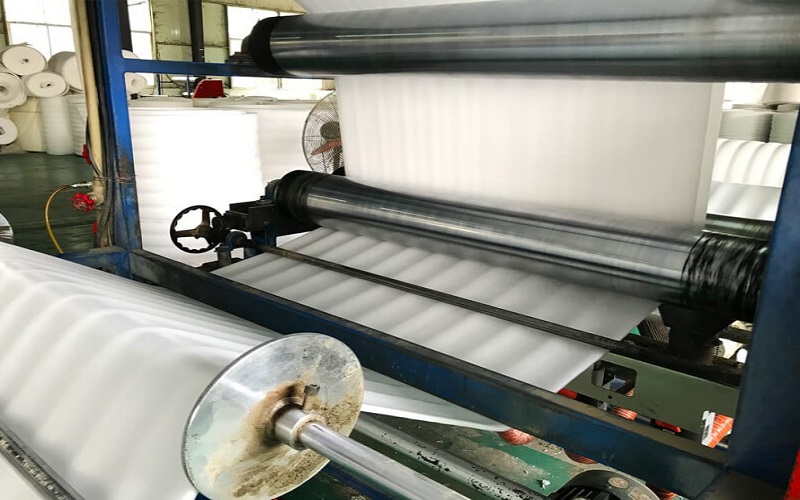
Benefit Of Polyethylene Foam
Lightweight:Polyethylene foam contains numerous tiny bubbles within its structure, significantly reducing weight while maintaining high strength. This characteristic offers remarkable advantages in fields such as exterior wall insulation for high-rise buildings and aerospace materials, lowering transportation costs and enhancing overall structural stability.
Excellent Cushioning and Shock Absorption:The closed-cell structure traps air, providing superior impact resistance and cushioning. This makes PE foam ideal for protecting fragile items, such as electronics or glassware, during transportation and storage, minimizing damage risks.
Easy to Process : PE foam is easy to process and mold, allowing foam manufacturers to cut, bond, and mold it according to different customer needs, resulting in custom-sized polyethylene foam sheets.
Cost-Effective:PE foam is relatively inexpensive to produce compared to other foams like polyurethane or polystyrene, making it an economical choice for high-volume applications . Its affordability does not compromise performance, offering excellent value.

Is Polyethylene Foam Recyclable?
PE foam is made from polyethylene, a thermoplastic that can theoretically be recycled through melting and reprocessing.
The main methods for recycling polystyrene foam include granulation after volume reduction, crushing for use as various fillers, pyrolysis to produce oil, or recovering styrene and other components.
Polystyrene foam can be molded into useful polystyrene beads. It is used for packaging household appliances or frozen food packaging; a few instant noodle bowls are also made by injection molding expandable polystyrene beads.
These plastic products are large in volume and significant in quantity, and their recycling is particularly emphasized in China.
Many foam companies will accept polyethylene foam for recycling. These pieces then are melted down and used to create new material for use, similar to most other plastic materials.
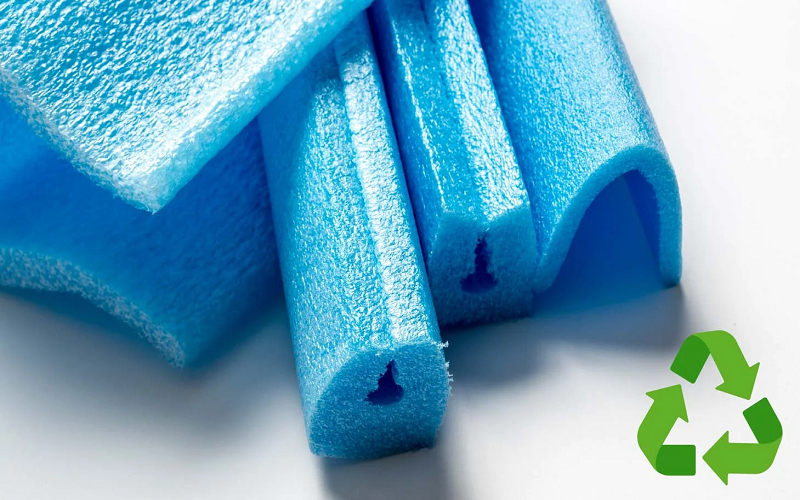
Which Is Better ,PE Foam or EVA Foam?
Neither PE foam nor EVA foam is universally “better”—their suitability depends on the use case.
PE foam is superior for cost-effective, lightweight, and rigid applications like packaging and insulation, offering excellent moisture resistance and ease of fabrication.
EVA foam excels in flexible, comfortable, and durable applications, particularly where softness and resilience are key, such as in sports equipment and medical supports.
By evaluating factors like cost, flexibility, durability, and environmental conditions, you can determine which foam best meets your needs.
Summary
Polyethylene foam sheets and rolls offer a range of benefits that make them indispensable across various industries. From their lightweight and durable nature to their versatility in applications such as packaging, insulation, and soundproofing, these foam products provide effective solutions for many needs.
In conclusion, whether you are looking for custom sizes, specialty foams, or bulk purchasing options, polyethylene foam is a material that delivers exceptional value. Consider integrating polyethylene foam into your projects to take advantage of its numerous benefits and enhance overall performance.
